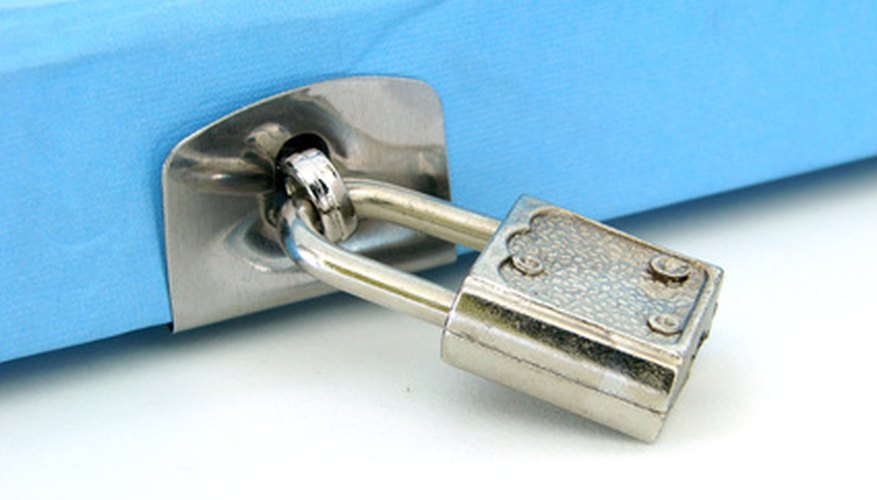While looking through your belongings, you may have come across an old, locked diary, missing its key. This diary may contain things you wrote as a child, or it may have once belonged to your great-grandparents. Without the key, however, you can't open the diary to read it. You may think that the only way to open the diary is to cut off the lock, but it can actually be opened if you have just two paper clips. Most diary locks are very simple in construction, and can be opened with minimal effort.
- While looking through your belongings, you may have come across an old, locked diary, missing its key.
- You may think that the only way to open the diary is to cut off the lock, but it can actually be opened if you have just two paper clips.
Unbend the end a paper clip, making the paper clip look like an "L" or a small "r" shape. This paper clip is the tension wrench, used to apply pressure to the lock pins.
Untwist a second paper clip so that it makes a straight, vertical line. This is the lock pick, used to rake against the lock pins, which triggers them to open.
- Untwist a second paper clip so that it makes a straight, vertical line.
- This is the lock pick, used to rake against the lock pins, which triggers them to open.
Insert the paper clip being used as the lockpick into the top of the diary lock's keyhole, also known as the shear line. Push the paper clip in as far as it can go, but do not force it in, as that may cause it to bend.
Push the paper clip you are using as the tension wrench into the bottom of the diary lock's keyhole. As with the lockpick paper clip, avoid forcing it.
Pull the lockpick paper clip out of the lock, so that it rubs or rakes against the pins on its way out. As you do this, turn the tension wrench clockwise and apply gentle pressure. Try to perform both actions as one fluid motion. If timed properly, the diary lock is released.
WARNING
Only use this technique on locks that you own, or locks you have been given permission to pick.
